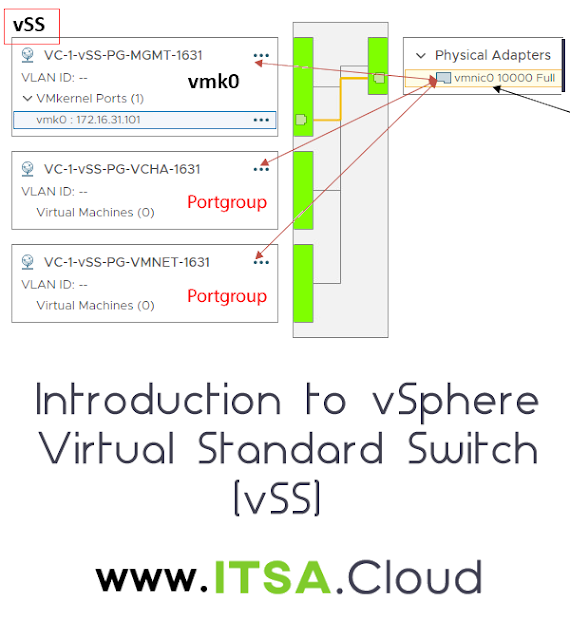(1) Thin Disk. Uses the space as needed for the initial function. It can be greater than the real space, an over-subscription is possible. The total space for the VM disks on the datastore can be greater than the actual size.
(2) Thick Lazy Zeroed Disk. All the space given, is taken when the VM is created. The blocks containing older data on the storage are cleared when the VM writes new data to the disk for the first time.
(3) Thick Eager Zeroed Disk. Takes much longer to create a disk than other types of disks and increasing the size takes too much time. All disk space is taken at the time of creation, and all storage blocks that was there are wiped out .
Conclusion: Eager zeroed thick-provisioned got the best for performance and security. Lazy zeroed thick-provision are much better for short creation times, but faster than eager zeroed & less secure. Thin-provisioned disks are the best choice to save datastore space.



























